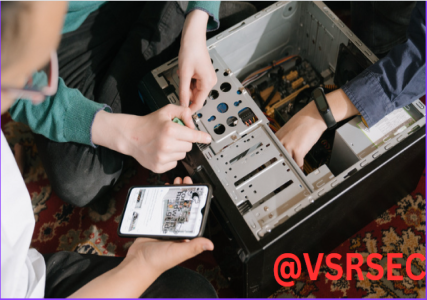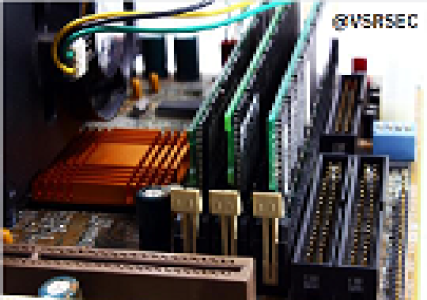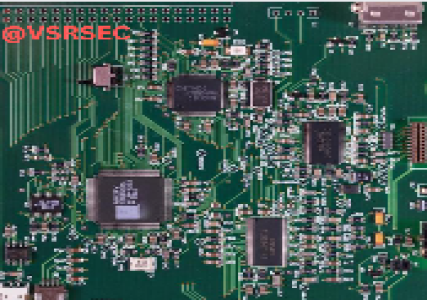MECHATRONICS
Branch : ME






This comprehensive course offers learners practical knowledge and hands-on skills to assemble, troubleshoot, and repair computer hardware systems efficiently. Designed for beginners and aspiring technicians, the course covers all essential components of desktops, laptops, and peripheral devices.
Starting with an introduction to computer hardware fundamentals, learners will explore detailed procedures for assembling PCs, understanding motherboard architecture, installing and configuring components such as CPUs, RAM, storage devices, power supplies, and peripherals. The course also covers diagnosing hardware faults, repairing common issues, and performing routine maintenance to optimize system performance.
With a strong focus on real-world applications and troubleshooting techniques, this course prepares students for careers in IT support, computer repair, and hardware maintenance. Practical exercises and troubleshooting scenarios ensure that learners gain confidence to work independently in diverse environments.
Overview of computer hardware components and functions
Step-by-step PC and laptop assembly
Installation and configuration of CPUs, memory, storage, and peripherals
Hardware troubleshooting and fault diagnosis
Maintenance and optimization techniques
Understanding BIOS/UEFI and system firmware updates
Safety protocols and best practices in hardware handling
Tools and software used in hardware diagnostics
Preparing for hardware certification exams and IT support roles


Identify and explain the functions of all major computer hardware components.
Assemble desktop and laptop computers systematically and safely.
Install and configure hardware components including CPUs, RAM, storage devices, and peripherals.
Diagnose common hardware faults and perform effective troubleshooting.
Perform routine maintenance and upgrades to optimize computer performance.
Understand and navigate BIOS/UEFI settings and perform firmware updates.
Use diagnostic tools and software to detect hardware issues.
Apply safety standards and best practices during hardware assembly and repair.
Prepare for entry-level IT support and hardware technician roles.
Build confidence to independently assemble, maintain, and repair computer systems.
0 Reviews
Review Course
For Review on Course. You need to Login first. Login Here